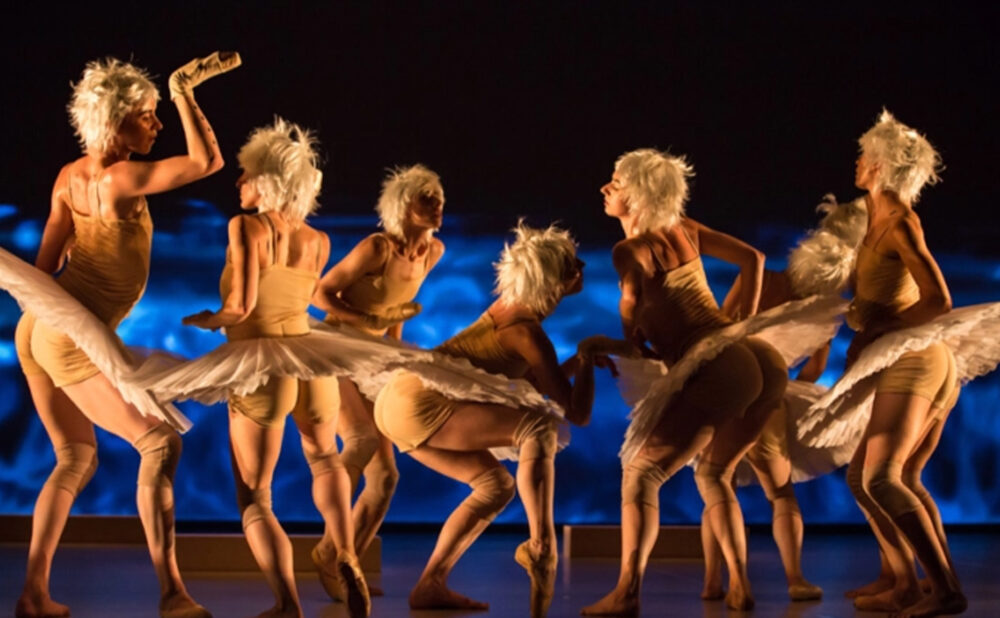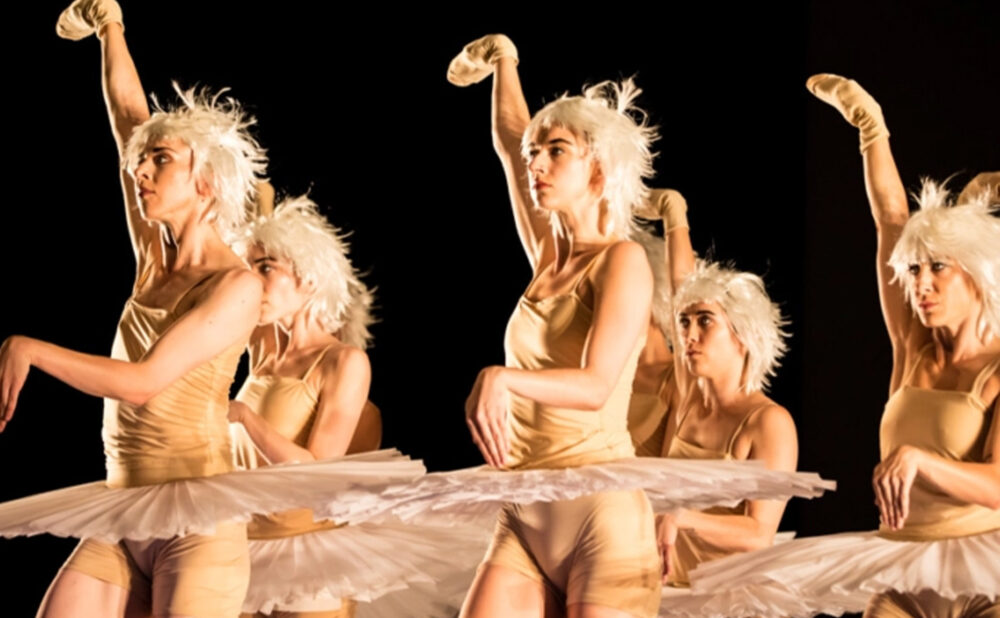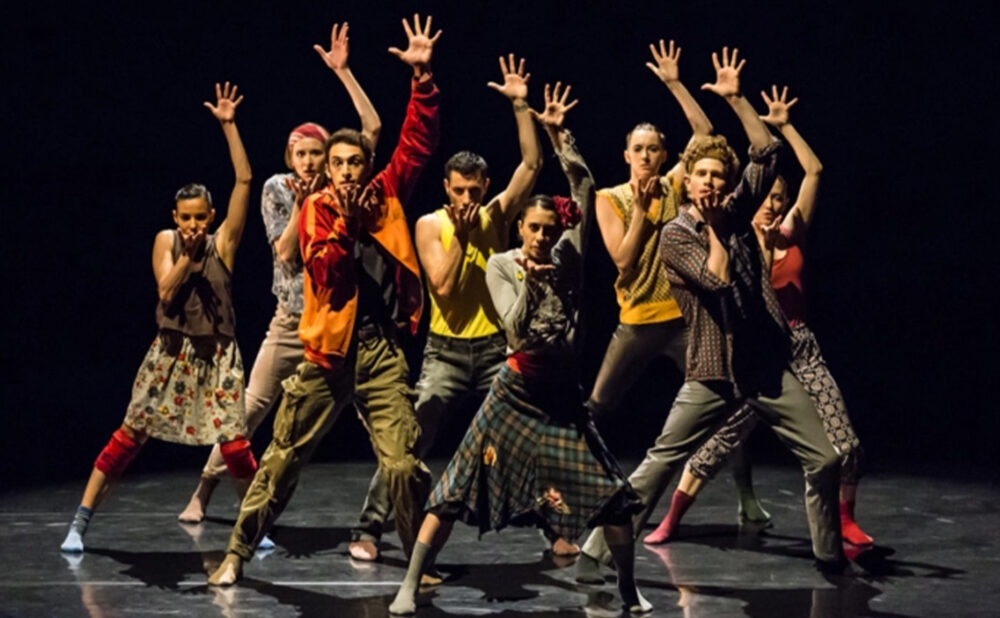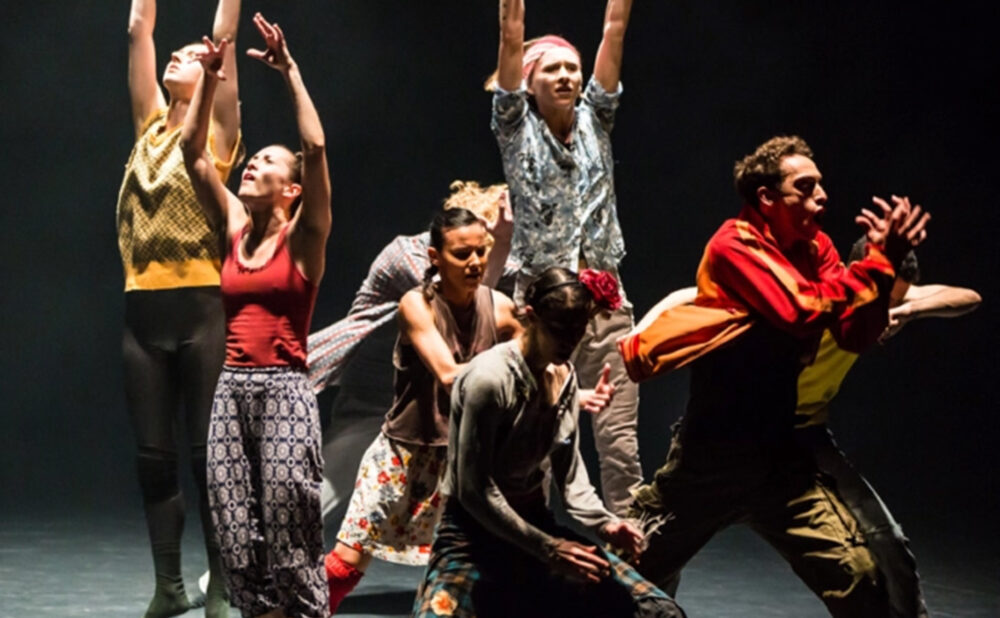A Tale of Two Lakes
The Canadian Premiere of ‘Swan Lakes’ re-examines the classic ballet from refreshing new angles
What: Swan Lakes + Minus 16
When: Thurs., April 18 through Sat., April 20
Where: Flek Dance Theatre, 207 Queens Quay W.
Highlight: Opposing staging from the same source inspiration.
Why you should go: A glance at the forefront of European contemporary dance.
THURSDAY NIGHT on Toronto’s pier, a bustling crowd containing the who’s who of Ontario’s dance world sits down to view the Canadian Premiere of Gauthier Dance’s Swan Lakes. The piece is a brainchild of Canadian Eric Gauthier — celebrated dancer, choreographer and now founder/artistic director of his own company, Gauthier Dance, based out of Stuttgart, Germany.
Gauthier explains the original inspiration behind it all.
“I thought, Swan Lake works as a piece — the name always attracts a lot of people. I had these four names on my list of famous choreographers, but I couldn’t decide which should do Swan Lake, or who would have the time to do a full evening creation, which is a huge amount of work. And then I thought, what if I put an ‘S’ on the end of ‘Lake’ and ask all four of them to each create a ‘Lake’? So that’s what I ended up doing … I told them all: just be inspired by something from the story or the music or the swans or the prince drowning or whatever you find in the material of Swan Lake.”
Unfortunately, only two of the four original “Lakes” that debuted in Germany will be performed on the Canadian tour. Hurdles obtaining the rights eliminated one and an encounter that involved canine fecal matter, a shocked critic and an out-of-line artist removed the other. For this reason, Minus 16, the well-travelled piece by Ohad Naharin, has been pulled from the dance company’s repertoire to fill the second act.
Although down two Lakes, Swan Lakes does not suffer from its reduced content. Canadian icon Marie Chouinard, chosen for her eclectic signature style, opens the show with Le chant du cygne: Le lac. Eric Gauthier feels that the shocking and bleak rhetoric behind her work is both important and relevant to the current world.
“Marie Chouinard opted for a version for eight women. She always has, if not a feminist stance, a stance of female empowerment and female strength. She took it upon herself to demonstrate the beauty of the swans … it’s this wonderful creature you look at, but they also have something to say. Same with women … We’re watching these swans and they’re pretty and doing their things and then, at some point, they lash out and they’re yelling at the audience, which is totally hardcore but awesome!”
Chouinard’s swans confront sexism and assault throughout their piece, but despite the fire threatening in the background, the work is also a message of hope. Immersing themselves in a pool of tears, the swans comfort each other and are finally able to extinguish the flame with truth and the power of togetherness.
Second to emerge, Hofesh Shecter’s Swan Cake has messaging that is less confrontational and more subtle — although one would not guess so from the initial appearance. Gauthier acknowledges that it is raw energy and power that drew him to the choreographer in the first place.
“Hofesh Shecter is the rock and roll icon of our generation! He always creates his own music for the pieces. He’s the mastermind behind the lighting, the costumes, the music, the steps, which is rare — most choreographers have their stage designer, light designer.”
Although Shecter’s piece begins as a dance party, it slides slowly into a very poignant intermediary between a flock of swans, embodied by sharp wrist movements and other physical callbacks to the original ballet material, and a community of Romani-inspired people, symbolized through music and movement. The nomadic group is able to celebrate success, tenderly examine parenthood and walk the tightrope of adolescence whilst rarely moving from a flock formation. It is, in the dark moments, the closeness and willingness to pull each other up and forward again that allows them to succeed as a community.
Despite being choreographed without any collaborative aims, both Shecter and Chouinard’s Lakes are able to complement and contrast one another beautifully. In set design, Chouinard’s stark white stage echoes a hospital corridor, and Shecter’s dark, shadowy lair is lit mostly by spotlights and narrow beams. At the opening, Chouinard’s swans — in full tutu and tights, albeit with one pointe shoe placed onto their right hand — begin their performance with slow, contained movement and vibration; meanwhile, Shecter’s swans appear as a rag-tag group of friends in street clothes, jiving the night away. However, despite their differences, it seems that both may have landed upon a unifying factor: communities working together, like a flock of swans adrift on a magical pond, possess true strength and power.
For those thirsty for more Gauthier Danse swan-inspired material (or for those unable to score seats for its sold-out run), one need only look online to view 2021’s The Dying Swan Project, which streams online for free in Canada!
Swan Lakes + Minus 16 premiered in Toronto at Harbourfront Centre on Thurs., April 18 with performances on Fri., April 19 and Sat., April 20 before moving to Quebec City for Mon., April 22, Sherbrooke for Tue., April 30 and Montreal from Wed., May 1 through Thurs., May 4.











